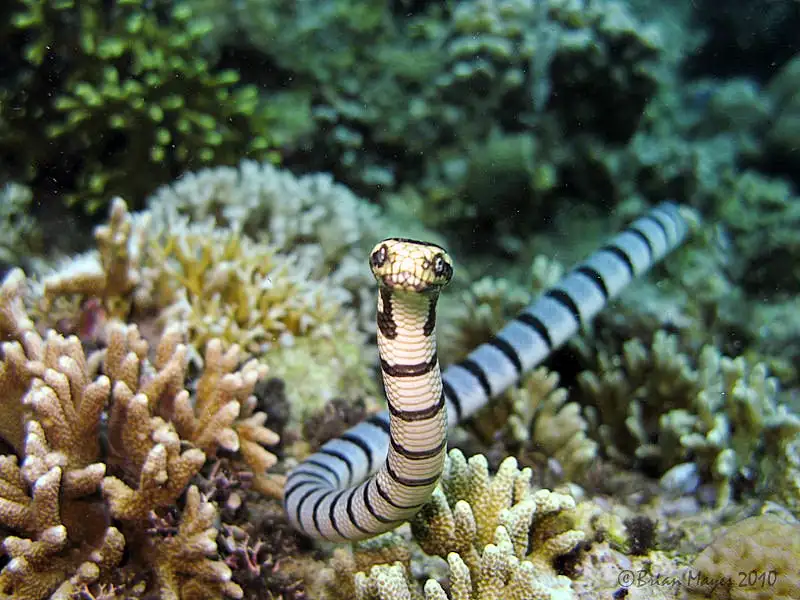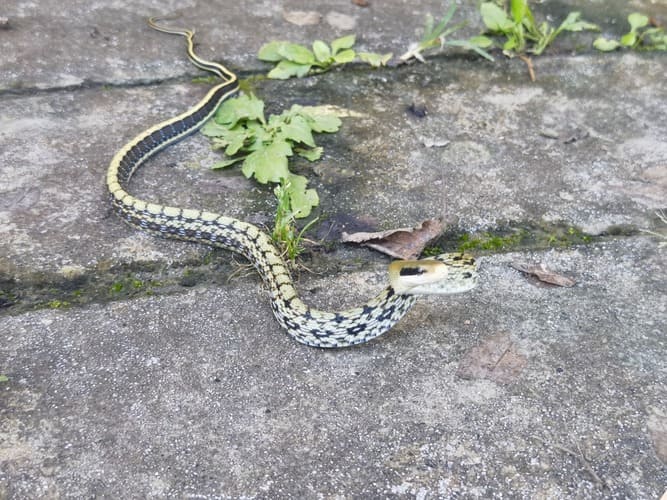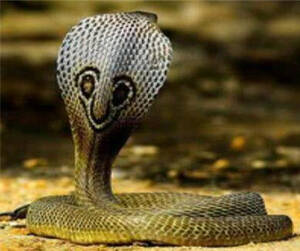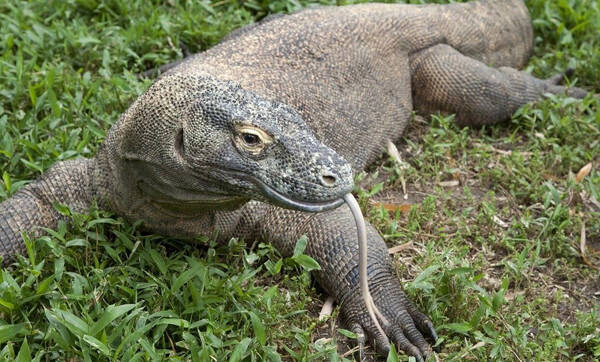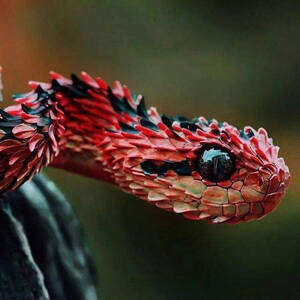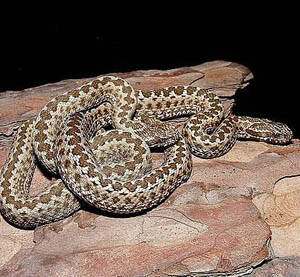Vipera berus
IUCN
LCBasic Information
Scientific classification
- name:Vipera berus
- Scientific Name:Vipera berus,Northern Viper,Dragon viper, Arctic viper
- Outline:Squamata
- Family:F.Muscidae G.Muscidae
Vital signs
- length:43-56cm
- Weight:400-600g
- lifetime:About 10-15 years
Feature
It is the only snake found within the Arctic Circle.
Distribution and Habitat
Among all terrestrial snakes, the Far Northern Viper has the widest distribution range. The living area extends from Scandinavia to central France and eastward to the Pacific coast of Russia. It is the only snake found within the Arctic Circle.
In China, it is mainly distributed in Jilin (Changbai Korean Autonomous County, Antu County, Fusong County in Changbai Mountain Area) and Xinjiang (Altai, Fuhai)
It lives in temperate and cold forest areas and grassland meadow areas. Broad-leaved forests, coniferous forests, mixed forests and swamps. It hides in tree root caves or under rocks. The vertical distribution can reach 2700m in mountainous areas.
Appearance
The male snake is 435 to 500 mm in total length, and the female snake is 505 to 560 mm in total length. The head is slightly triangular and clearly distinguished from the neck. The snout is blunt and round, the trunk is thick, and the tail is short. When alive, the back is gray or olive yellow, with a wavy or zigzag light black longitudinal stripe along the back ridge, and a row of spots on each side; the ventral surface is uniform gray with light spots, and the tail end is usually yellow. There is a "><"-shaped light black spot on the back of the head, a dark longitudinal stripe behind the eyes, and the upper lip scales are white or light yellow, with brown front edges. The snout scales are equal in height and width, and are tangent to the two small scales (terminal scales) at the end of the snout. The nostrils are large and located in the center of the nasal scales; there is a nasal snout scale between the nasal scales and the snout scales; the scales on the back of t
Details
The Vipera berus is the most widely distributed land snake.
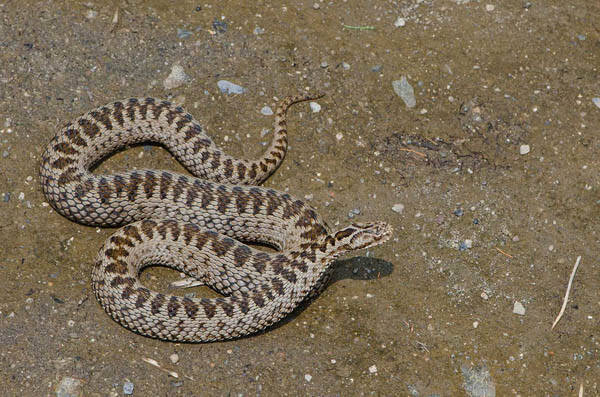
The Vipera berus is a solitary animal. It rarely stays with other individuals except during mating and hibernation. Its activity time is mainly concentrated at sunset. They start hibernation between September and October every year, wake up in spring before the snow melts, and hibernate in other animals' caves alone or in groups in winter. The hibernation period of the viper is very long. In the UK, they usually hibernate for 6 months, and in the cold Arctic Circle, the hibernation period is as long as 8 months. Generally, snakes hibernate when the temperature is below 10℃, but the viper can still move when the temperature is as low as 3℃. The food is mainly rodents, and occasionally frogs, lizards, etc.; the young snakes mainly eat insects and worms.
The viper is ovoviviparous. April is the peak mating period. Male vipers can mate with multiple females and reproduce once a year. The gestation period of female snakes is 3 to 4 months. They usually give birth in autumn or during hibernation. They usually give birth to 6 to 20 baby snakes. The newborn snakes are 95 to 180 mm long. They can move on their own 3 hours after birth and reach sexual maturity in 3 to 4 years.
After being bitten by the viper, there will be severe pain near the wound, and more serious reactions will occur after 20 minutes. The victim will experience swelling, dizziness, and vomiting, but the most serious symptoms will not appear until six hours later. Despite this, the bite of the viper is rarely fatal, and children are sometimes killed by bites.
In some countries, the viper is a protected animal, such as the United Kingdom. However, its toxicity has created an unfavorable factor for protection work, and people will hunt the species out of fear of the viper. At the same time, habitat destruction due to agricultural development, deforestation and shrub erosion also threatens the species to a certain extent.
Listed in the "China Biodiversity Red List - Vertebrate Volume" - Endangered (EN).
Listed in the "National List of Terrestrial Wildlife with Important Economic and Scientific Research Value" issued by the State Forestry Administration of China on August 1, 2000.
Listed in the fourth category of protected animals in the "Interim Regulations on the Protection and Management of Wild Animals and Plants in Jilin Province" promulgated and implemented by the Standing Committee of the Jilin Provincial People's Congress on March 3, 1985.
Listed in the second level of the "List of Wild Animals Under National Key Protection in China".
Protect wild animals and eliminate game.
Maintaining ecological balance is everyone's responsibility!

